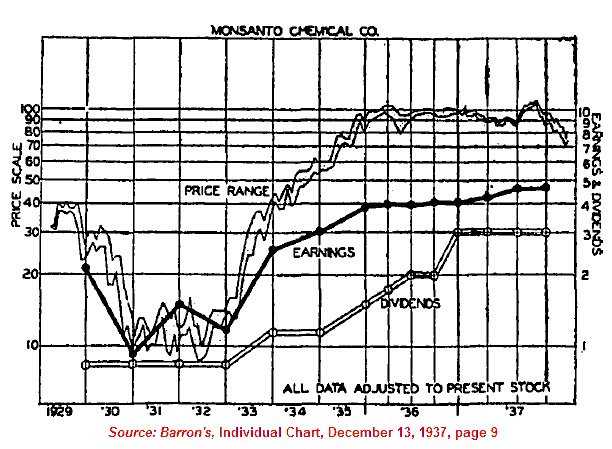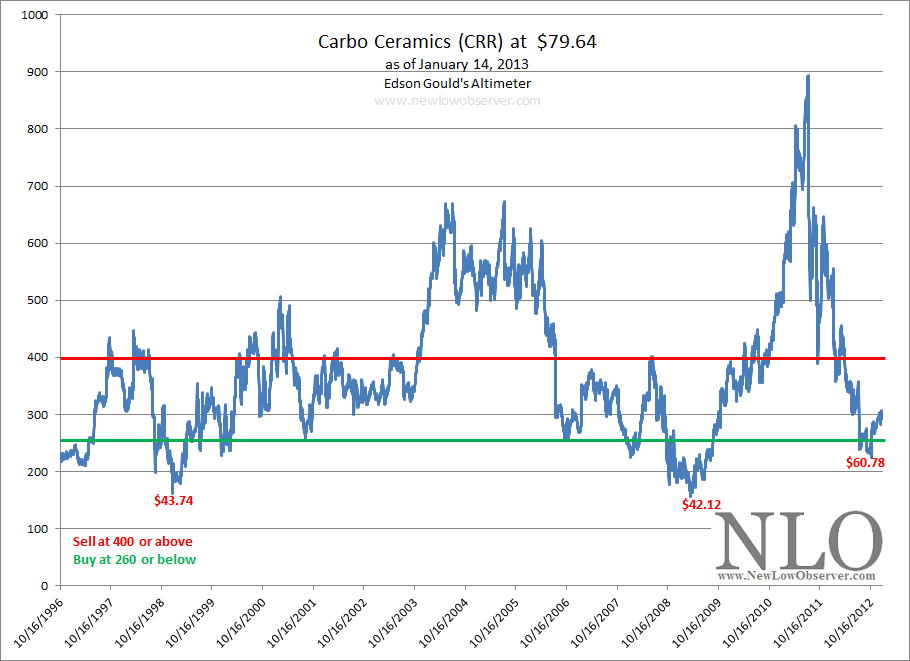We have indicated in our August 2, 2011 posting (found here) the fact that we are now in a bear market. According to Dow Theory, the primary trend remains in place until the opposite indication has been signaled. This is best described by Richard Russell in the following remark:
“…the Dow Theorist has learned that the last trend should be considered to remain in effect until the contrary has been proved”[1].
We believe that there has not been a reversal of this bear market indication as outlined in our August 7, 2012 Dow Theory analysis (found here).
Despite getting a bear market signal only days earlier, on August 9, 2011 we indicated that a bear market rally (found here) was likely to take place. Our work on the topic of Dow Theory at that time indicated that there was upside potential to go as far as the prior highs (12,807.51). From the August 9th low, the Dow Industrials rose as high as 13,338.70, or +23.38%.
From our experience on the topic, bear markets usually connote declines of -30% or more. However, the bear market that we’ve experienced so far can be characterized from a slight dip to a nice market run to the upside. While the Dow Jones Industrial Average and the Dow Jones Transportation Average have diverged overall, there has been nothing that we’ve seen since August 2, 2011 to make a person feel like any confidence in the indication. After all, it has been over a year since the signal and no real fireworks. Was it really worth reducing market exposure for a non-event?
Since this bull market move began on March 9, 2009, there have been sizable declines of -14% or more in 2010 and 2011 before the stock market continued higher. The best we can do at this point is assume that 2012 is due for a correction in line with the two previous years and see what the downside prospects might be.
| period of decline |
Dow Industrials % change |
| April 26, 2010-July 2, 2010 |
-14.60% |
| May 2, 2011-October 3, 2011 |
-19.19% |
| May 1, 2012-???? |
-2.09% |
| |
|
| |
|
| period of decline |
Dow Transports % change |
| May 3, 2010-July 6, 2010 |
-18.72% |
| July 7, 2011-October 3, 2011 |
-28.11% |
| March 15, 2012-???? |
-6.39% |
Because a bear market decline of -30% or more has not taken place, the best we can do is assume that a similar decline to 2010 and 2011 is the most likely outcome…for now. The previous declines, within the context of a bull market, have averaged –16.90% for the Dow Industrials and –23.42% for the Dow Transports.
If the Industrials were to decline from the current level by –16.90% it would fall to 11,035.12. If the Transports were to decline from the current level by –23.42% it would fall to 4,096.84.
As described in our Dow Theory analysis from August 7, 2012 (found here), there are two overhanging non-confirmations of a bull market. This means that the overall trend of the Industrials and Transports should eventually be down. In our negative bias against an new bull market, particular emphasis is weighted against the Transportation Index which has been falling while the Industrial Index has been rising.
However, the last week of August has provide the Dow Industrial Average with what we consider a double-top. Although not the most classic double top, it is still a double top.

Double tops and double bottoms were indicated to be very important formations according to Charles H. Dow. Alternatively, William Peter Hamilton and Robert Rhea arrived at the conclusion that such formations bear little importance when considering the price movement of the indexes.
From our own work on the topic of double tops and double bottoms, we have found that Dow was right about the importance of such a price characteristics and have been able to prove, with significant evidence throughout the history of the Dow indexes, that double tops and double bottoms are critical indicators for determining market direction when applying Dow Theory.
In this case, a double tops mean that the direction for the stock market is down. Since the bear market signal, based on Dow Theory, hasn’t resulted in a decline of over -30% for either the Transports or Industrials, were proposing that at the very minimum a decline of 13%–15% should be expected.
[1] Russell, Richard. Richard Russell’s Dow Theory Letters. Issue 166. December 27, 1961. page 1.












